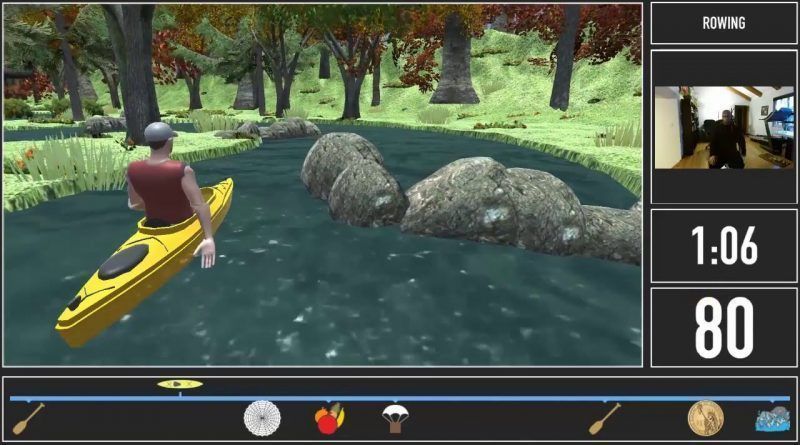Stroke rehabilitation with video games proved to be as effective as traditional methods
Stroke rehabilitation with video games proved to be as effective as traditional methods
The University of Missouri (USA) conducted a meticulous study to compare two methods of stroke recovery – classic rehabilitation techniques and video games. The concept of the latter is not new, it has been used for a long time and gives good results, but a detailed comparison of effectiveness has not been carried out before. The outcome, according to researcher Rachel Profit, was extremely successful.
In stroke rehabilitation, “movement therapy” is widely used, but its main drawback is that the patient needs direct contact with a physical therapist. This is expensive, tedious and severely limits therapy options – many patients have to travel for hours from the countryside to an appointment. However, as recovery progresses, the need for physical contact diminishes, and one only needs to give the patient instructions and monitor the correctness of the exercises.
That’s where telemedicine, plus a specially developed game called Recovery Rapids, come to the therapists’ aid. It is a canoeing simulator, diluted with a number of interesting tasks. So, not only do you have to keep your virtual canoe balanced and paddle, but you also have to shove debris off the boat, fetch valuable objects, swat away bats, and clear away cobwebs when swimming in caves. All of this makes the training process fun, with patients seeing the results of the movements immediately and correcting their actions.
A study involving hundreds of patients found that this method is in no way inferior to classical rehabilitation methods, the effectiveness is the same, if not higher. But the frequency of visits to medical institutions is reduced by 80%, minimal contact between doctors and the patient is required, which saves both time and money.
